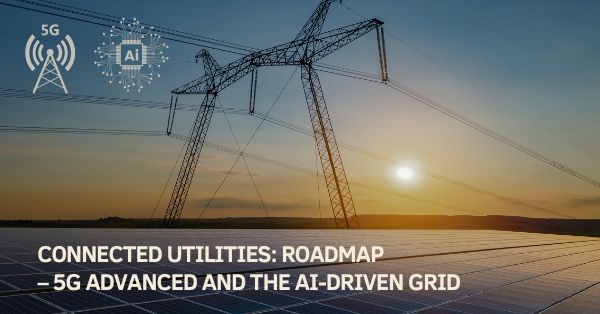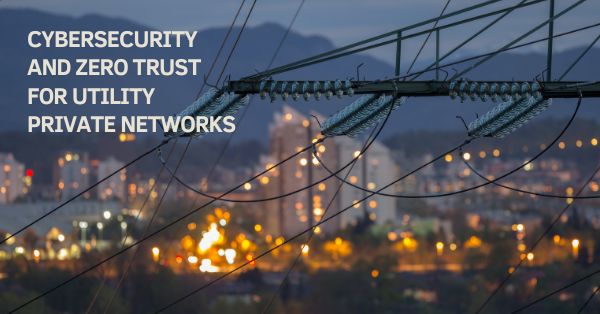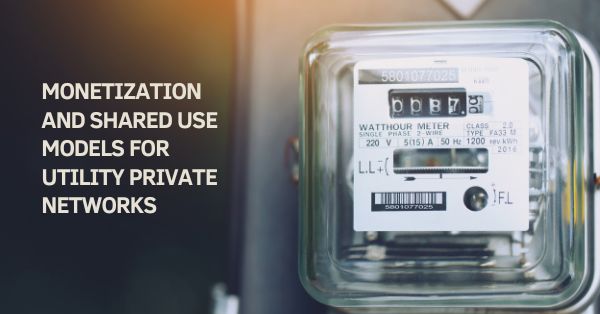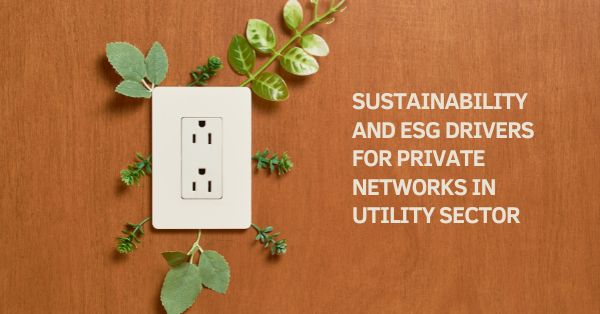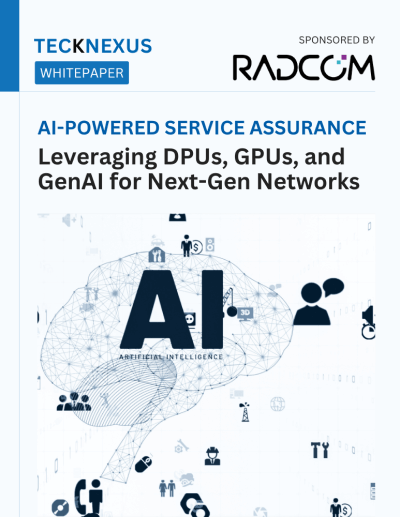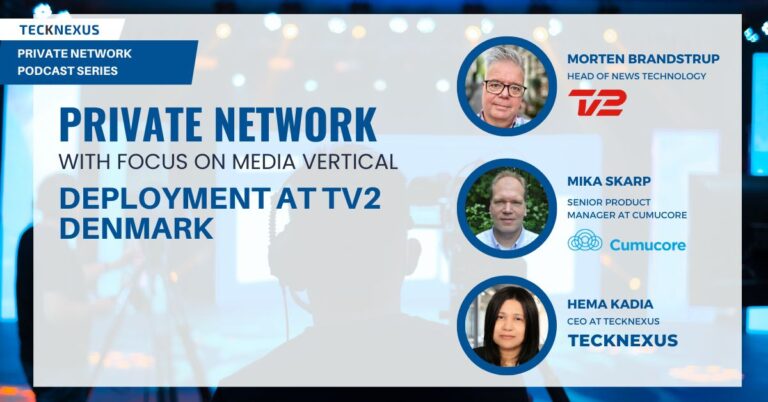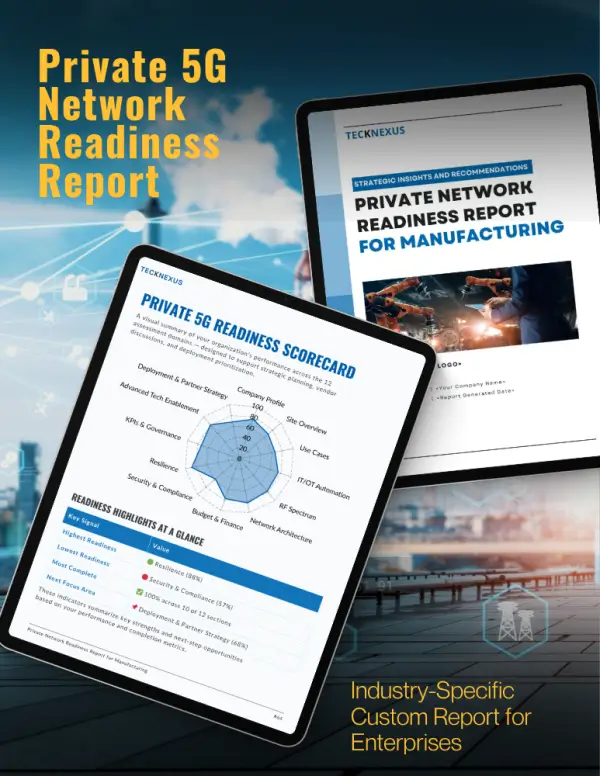Introduction to Regenerative Non-Terrestrial Networks (NTN)
In my previous blog, I discussed 5G NR Transparent non-terrestrial networks (NTNs) and the opportunities and challenges associated with leveraging ground-based gNodeB infrastructure while utilizing satellite connectivity for global reach. Additionally, I covered the technical complexities that need to be addressed to ensure reliable and efficient operation of the system, which primarily arise due to the dynamic nature of satellite movement, variations in geographical coverage and the coordination necessary for seamless connectivity.
Understanding Regenerative NTN: A Shift from Transparent Systems
For this blog, I would like to discuss a regenerative NTN deployment architecture, covering both partial and full regenerative systems. This blog will also discuss NCF considerations for regenerative NTN systems as well as SWaP and SW architecture considerations. Finally, I will discuss the challenges of deploying a regenerative NTN architecture.
First, let’s discuss what exactly regenerative NTN is. As opposed to non-regenerative (or transparent) NTN, which does not feature onboard processing capabilities, a regenerative NTN system includes base station functionality which enables enhanced signal processing and relay capabilities. The regenerative system can actively enhance signals, including amplification, error correction and modulation. With a regenerative NTN system, operators have increased control over their signal quality, network performance and overall data integrity, helping to provide significant advantages both in terms of system optimization and reliability.
Comparing Partial and Fully Regenerative NTN Architectures
Regenerative NTN can be deployed either partially or fully. In a partial regenerative NTN architecture, the satellite payload contains the gNB RU and DU functionality, but still relies on the ground network for CU and core network functionality. In a fully regenerative system, the satellite becomes a full base station, completing communication aspects, core network functionality and processing all on the satellite itself. The satellite has more autonomy and flexibility with a fully regenerative system than a transparent or partial system.

Regenerative NTN: Cell Mapping and Mobility Explained
In both partial and fully regenerative architectures, each 3GPP cell typically features one Synchronization Signal Block (SSB) beam mapped to one satellite beam. Additionally, alternative 3GPP and non-3GPP options are feasible in this deployment.
For a regenerative system, the 3GPP cell is linked to a satellite and moves with the payload. A 3GPP cell refers to a DU cell instance hosted on the payload which serves the underlying Geographical (Geo) Cell covered by one of the payload beams and is associated with associated with a CGI, PCI and ARFCN. The NTN Geo Cell is a set of up to 12 Tracking Area Codes (TACs) on the ground. The Geo cell inherits the properties (CGI, PCI, ARFCN) of the 3GPP Cell serving it.
In a Non-Geostationary Orbit (NGSO) constellation, the satellite covering a Geo Cell changes with time. As the satellite moves, a Geo Cell is served by different 3GPP cells.
Handover Mechanisms in Regenerative NTN
Service Link Switchover
For partial regenerative architectures, during a service link switchover, which involves switching a user to a different satellite to maintain cellular connectivity, all user equipment (UEs) in a cell would be handed over every 5 – 10 minutes, which is a much higher signaling load than with terrestrial networks. Most of these handovers would be intra-CU, while for inter-CU CHOs the data forwarding is processed on the ground network. For a fully regenerative deployment, handovers would be inter-CU and data forwarding processes would be completed either over ISL or through the ground NW, leading to higher power consumption.
Feeder Link Switchover
During a feeder link switchover, in a partial regenerative architecture, all UEs in all cells under the satellite coverage are handed over a pre-determined timeframe. This leads to a much higher signaling load than a service link switchover and needs an inter-satellite link (ISL) or GW connectivity for a DU to reach the same CU. In a fully regenerative system, service providers would need an ISL or GW connectivity for a CU to reach the same CN or an onboard CU can connect to an alternate CN using the NG flex feature.
SWaP Factors in Partial vs. Fully Regenerative NTN Systems
In terms of size, weight and power (SWaP) considerations, with a partial regenerative system, you would have both optimized CPU utilization, with multiple DUs and cells sharing a common set of cores, and flexible memory allocation, as the memory would be shared across DUs, cells and UEs mapped to a single SoC. For a fully regenerative system, you would have to consider the additional CPU and memory utilization due to the presence of multiple CU-DU pairs. Regenerative solutions would typically be multi-SoC solutions depending on the satellite span, targeted #Users and throughput.
Challenges in Regenerative NTN Deployment
A few of the challenges faced in regenerative NTN include the need for the availability of higher processing capability on the payload as well as ISL link leading to higher power consumption. While the choice of payload and movement of the satellites can impact overall network connectivity, a regenerative payload can help reduce delay and improve service link efficiency by completing processing on the onboard system. Addressing these challenges is vital to ensure satellite-based mobile connectivity and to enable the promising future of NTNs.
Opportunities and Benefits of Regenerative NTN
With partial and fully regenerative NTN deployments, the operators can completely revolutionize their networks, helping to drive innovation and bridge the digital divide. Regenerative NTNs enable global network services and deliver improved network efficiency and global connectivity, essential for modern connectivity.
Future Outlook: Regenerative NTN Systems and Global Connectivity
Regenerative NTN systems offer a promising path forward for global connectivity by enabling improved network efficiency and reliability. While challenges remain in terms of payload capabilities and power consumption, their potential to drive innovation and bridge the digital divide ensures they are integral to the future of NTNs.







